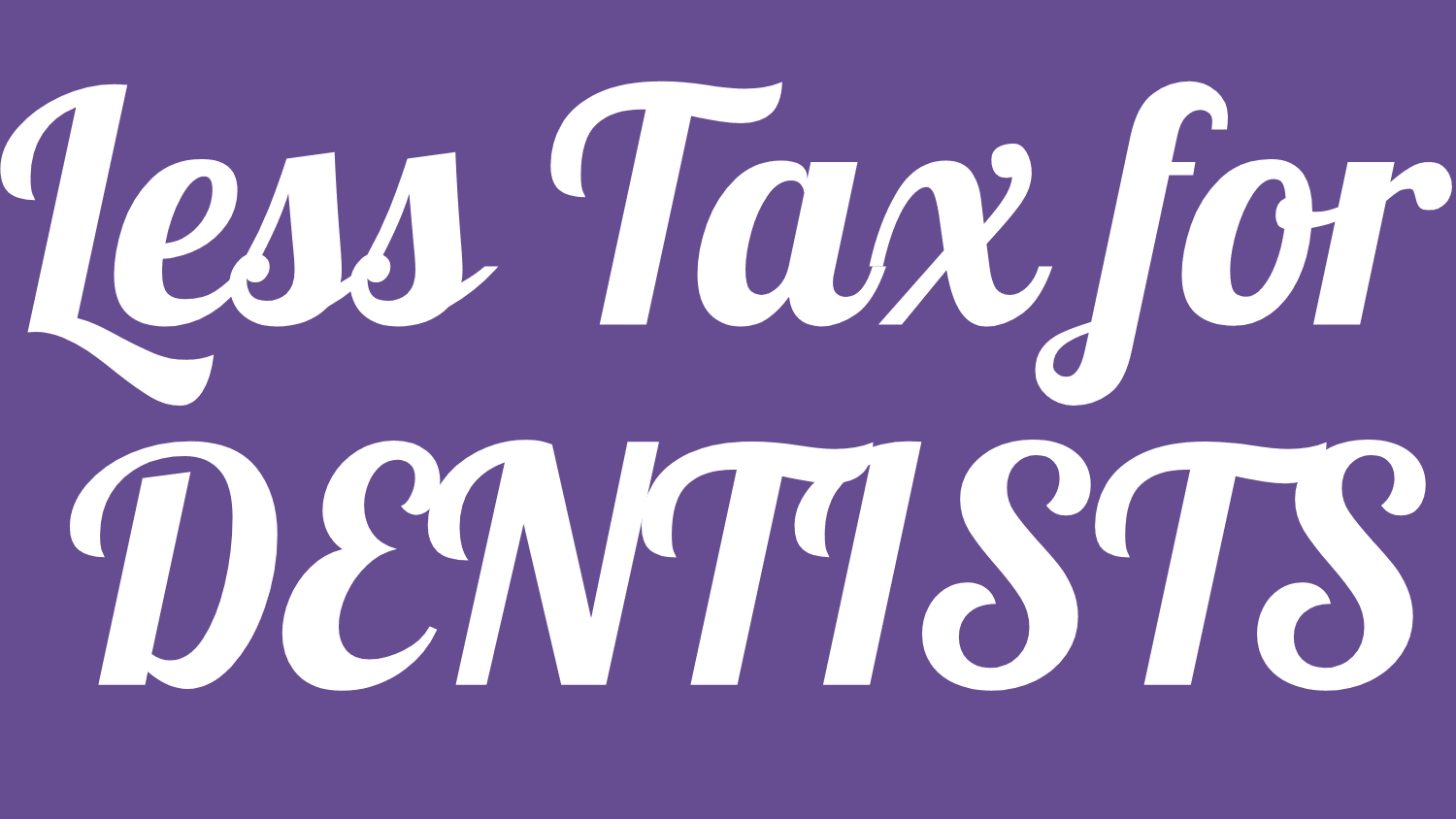Best Retirement Plan Options for Dental Practices in the USA
Running a dental practice involves more than just caring for patients’ smiles. As a practice owner, planning for your financial future is just as important. If you’re wondering how to save for retirement while also helping your staff do the same, you’re not alone. Retirement planning can feel overwhelming—but it doesn’t have to be.
In this guide, we’ll break down the best retirement plan options for dental practices in the USA, so you can make a confident decision for your future.
Why Retirement Plans Matter for Dental Practices
You’ve worked hard to build your practice. But what happens when you eventually want to slow down or step away? Having a solid retirement plan ensures that you—and your team—can enjoy life after dentistry.
Plus, offering retirement benefits makes your practice more attractive to top-tier staff. It’s a win-win for everyone.
Top Retirement Plan Options for Dental Practices
1. SEP IRA (Simplified Employee Pension)
This is one of the easiest plans to set up—perfect for smaller practices or solo dentists.
- Easy setup and low cost
- Employer-funded only: You contribute to employees’ accounts; they don’t put in money themselves.
- High contribution limits: Up to 25% of compensation or $66,000 (2023 limit)
If you’re running a small operation and want flexibility, a SEP IRA might be just what you need.
2. SIMPLE IRA (Savings Incentive Match Plan for Employees)
This plan is another great choice for small- to mid-size dental offices.
- Both employer and employee contributions
- Lower contribution limits than 401(k) plans
- Annual employer matching required
If you want to help your employees save without overwhelming admin work, SIMPLE IRA balances benefits with ease of use.
3. 401(k) Plans (Traditional or Safe Harbor)
When your practice begins to grow, so should your retirement options.
- Higher contribution limits: $22,500 ($30,000 if over 50)
- Flexible employer matching options
- Tax advantages for both employees and owners
A Safe Harbor 401(k) even helps avoid complex IRS testing rules, making compliance smoother. This is a popular choice for practices with multiple employees looking for robust options.
4. Defined Benefit Plans
If you’re closer to retirement and want to ramp up your savings quickly, this old-school option still has plenty of strengths.
- Promises a fixed income in retirement
- Allows much higher contributions than other plans
- Best for high-income earners
Think of it like a pension plan—you commit to funding it heavily, and it gives you big rewards later.
Choosing the Right Plan
So, which plan is best for your dental practice? It depends on your goals, the size of your team, and how much administrative responsibility you’re willing to handle.
Start by asking yourself:
- Do I want to contribute on behalf of my employees?
- How much can I afford to contribute each year?
- Do I need flexibility or structure?
Final Thoughts
Planning for retirement doesn’t have to be as painful as a root canal. With the right plan in place, you can build a strong exit strategy while boosting employee satisfaction and retention.
Every dental practice is unique, so take the time to talk with a financial advisor who understands the healthcare industry. They can help tailor a retirement solution that fits your specific needs.
Just like good oral health, a good retirement plan pays off in the long run. Invest today for a brighter tomorrow!




